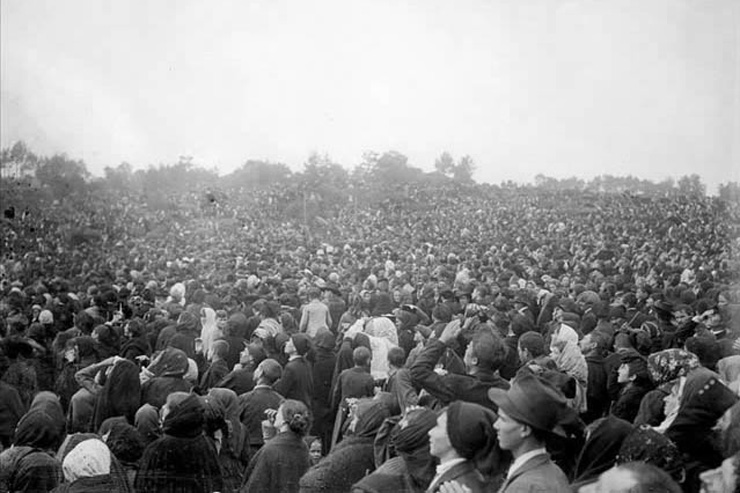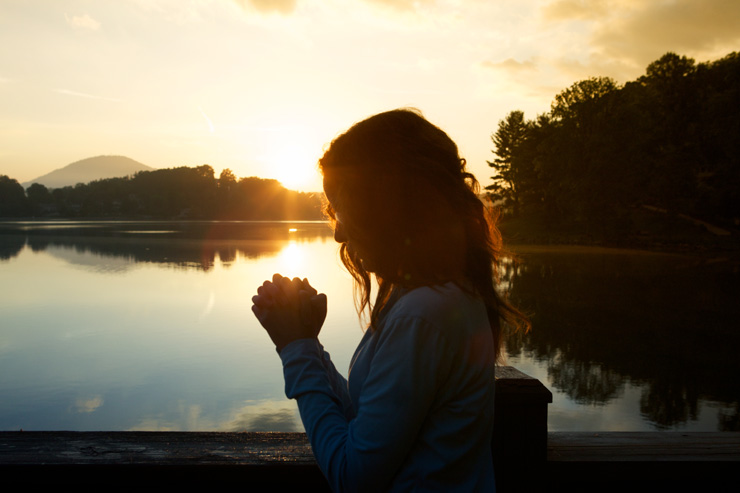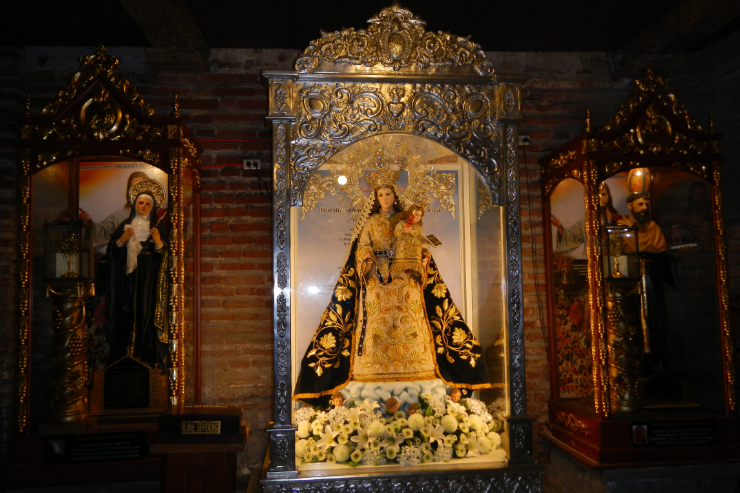
The Miracle of the Sun at Fatima — October 13, 1917
In the first article of this mini-series in celebration of the centenary of the apparitions in Fatima, we looked at how the Church, in approving private revelations as worthy of belief, does not oblige the faithful to believe in them with the faith with which they believe in Sacred Scripture and Tradition, or even at all. Rather, it calls them to evaluate claims on the basis of the natural faith with which we believe things that we don’t strictly speaking “know,” like, for example, the veracity of facts from the present or previous ages that we must accept on the testimony of others.
We examine their credibility with common sense, and then, if we find them reliable, we incorporate their contents into the way we live out our faith, as many of us do in accepting the private revelations that led to the particulars of the celebration of the Eucharist on Corpus Christi revealed to St. Juliana, or of Jesus’ compassion and humanity in his Sacred Heart given to St. Margaret Mary, or of his Divine Mercy, disclosed to St. Faustina. The truths about Jesus’ real presence, sacred humanity and mercy are part of the deposit of faith; the ways of celebrating and relating to those realities, found in private revelations, are something different. They’re given to us as a help to live the truths of the faith better; we’re not obliged to use that help, although we should not blithely disregard it either. Rather, we should weigh it and if we find it credible, incorporate it into the way we live our faith.
For many Catholics who are disposed to accept with Catholic faith whatever is passed down by their families, parishes and priests, it may be initially disconcerting to grasp that the Church doesn’t ask us to believe in the apparitions of Mary in Guadalupe, Lourdes or Fatima with the same faith with which we believe, for example, in the Annunciation, Resurrection and Assumption. But this reliance, on the part of the Church, on reason to evaluate whether a private revelation is consistent with the faith, the recipients are credible, and people are authorized prudently to accept it, is one of the things that makes private revelations particularly engaging for both believers and skeptics alike. Accepting private revelations doesn’t first depend on the “gift of faith” — although faith can open us up to the possibility of supernatural action— but on a consideration of the evidence. That’s why private revelations can be especially useful in engaging those who don’t presently have faith to open themselves up to that gift.
We see this in a particularly powerful way in what I like to call the “exclamation point” of the Fatima apparitions: the “Miracle of the Sun” that took place on October 13, 2017. The Miracle involved a clear prediction, a solar phenomenon, and a miracle of dessication, all three of which combine in a compelling way.
First, the prediction. In July, during the third of six apparitions, ten year-old Lucia, prompted by the advice she had received from others, said to the woman from heaven, “I would like to ask who you are and whether you will do a miracle so that everyone will know for certain that you have appeared to us.” The woman replied, “In October, I will tell you who I am and what I want. I will then perform a miracle so that all may believe.” When Lucia related to others that response, suspense quickly began to build. In August, the Lady reiterated, “In the last month I will perform a miracle so that all may believe,” and in September, she said again, “In October I will perform a miracle so that all may believe.”
By the time October 13 arrived, a vast throng of about 70,000 had assembled around the Cova d’Iria in Fatima as the children arrived to pray the Rosary. Those crowd included secularists, anticlerical forces, journalists and skeptics, all of whom wanted to be eyewitnesses of the ongoing “fraud” when no miracle took place. It had been raining incessantly since the previous night, the fields were soaked and muddy, and despite umbrellas, the people were drenched.
When the children arrived, slightly before 1:00 p.m., the woman appeared, seen again only by the shepherd children. She said she wanted a chapel built, asked them to continue to pray the Rosary every day, revealed herself as “the Lady of the Rosary,” divulged that World War I would soon end, and called on everyone to amend their lives and ask God’s forgiveness. Then she rose toward the east and turned the palms of her hands toward the dark clouds that were obscuring the sun. Immediately the sun broke through the clouds and appeared to be an opaque grey disk that turned to silver. “Look at the sun!,” Lucia shouted, and people found to their surprise that they could peer directly at the intense sun without being blinded.
Over the course of the next ten minutes, the sun whirled madly, “danced” like a giant circle of fire, careened toward earth and zig-zagged back to its normal position. People shrieked, wept and dropped to their knees in the mud and water. The colors of everything — the air and ground, trees, faces, and clothes — changed yellow, blue, amethyst, red and white. Soon the cry “miracle!” started being heard everywhere.
Some assert that it was a Mass hallucination. Atheist Richard Dawkins, in his book The God Delusion, admits “It is not easy to explain how seventy thousand people could share the same hallucination,” but then he went on nevertheless to propound that they all had to be hallucinating collectively because it would be “even harder to accept that it really happened without the rest of the world, outside Fatima, seeing it too — and not just seeing it, but feeling it as the catastrophic destruction of the solar system.” But it’s not scientific or even reasonable to dismiss out of hand the data to which about approximately 70,000 all attest and pretend as if they were all simply deceived.
Many of the defenders of the miracle readily concede that the rest of the world didn’t witness anything different from the sun that day; those in Fatima, however, including scores of previous skeptics, all say they did. There are various explanations given as to how those present saw something that others didn’t, ranging from refraction based on the moisture in the air to a psycho-spiritual phenomenon similar to how the Shepherd Children could see Mary and others couldn’t.
Here’s why the third part of the miracle is important. Many of the eye witnesses described the intense heat of the sun as it careened toward earth. After the sun had returned to its place, they recognized that their soaked clothing and the drenched ground were all completely dry as if it had never rained. That physical reality doesn’t happen by mass hallucination or a spiritual vision. Engineers and physicists say that an extraordinary of amount of energy would have been necessary to dry up that much water so fast.
Regardless of our incapacity to explain the data, it’s impossible to dispute the data. Our finite minds cannot always fathom miracles. 70,000 people, however, clearly saw — and felt — something, and the earth itself transitioned within minutes from saturated to dehydrated.
All of this has led both faithful and skeptics present to conclude that the pre-announced miracle had in fact occurred and has moved so many others since, including the hierarchy of the Church, to find their testimony credible.
And if that part of the children’s testimony proved true, doesn’t that lend far greater believability to everything else that the children say that “the Lady of the Rosary” told them?
This article originally appeared in The Anchor, the weekly newspaper of the Diocese of Fall River, Mass, on May 16, 2017 and appears here with permission of the author.













